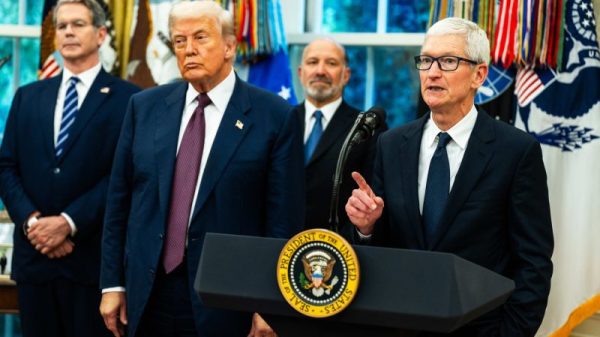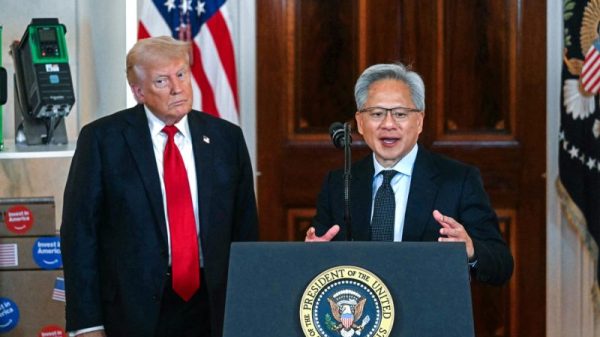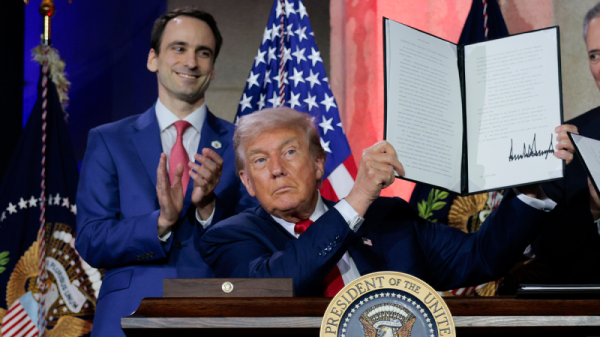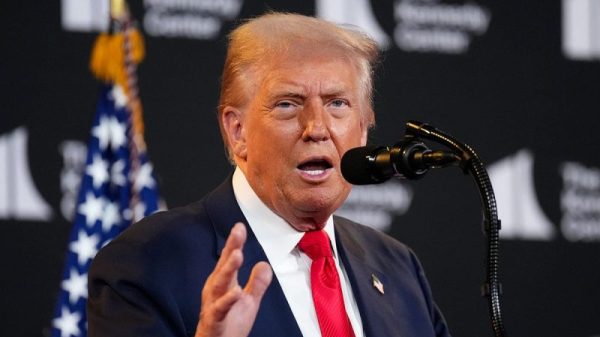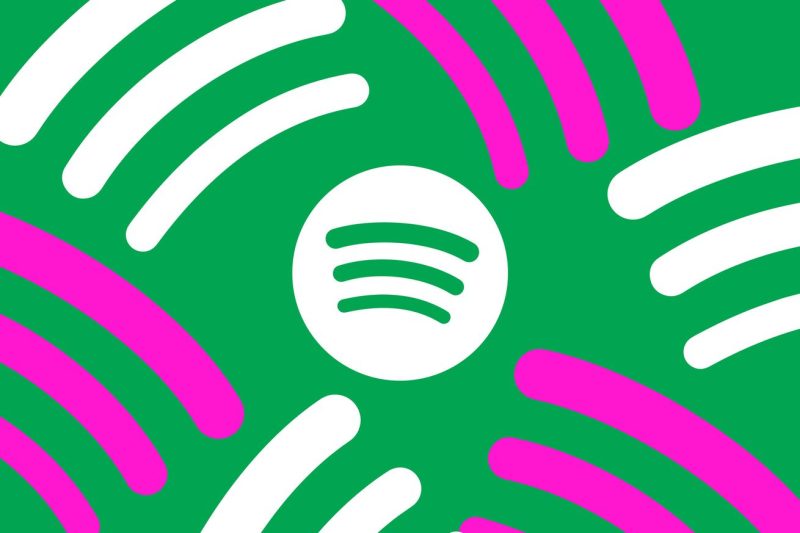Spotify announced a price increase for its U.S. customers, marking another change in their subscription rates. This move has generated mixed reactions among users and industry experts alike. As streaming platforms continue to dominate the music industry, the implications of these subscription price adjustments ripple through the market.
The decision to raise prices comes at a time when the streaming landscape is rapidly evolving. Spotify, one of the pioneering platforms in this space, has faced increased competition from both established players like Apple Music and emerging services such as Tidal and Amazon Music. In response, the platform has been investing heavily in new features and exclusive content to attract and retain subscribers.
However, some users have expressed dissatisfaction with the price hike, especially considering the abundance of streaming options available today. For many consumers, the allure of streaming services lies in their affordability and convenience. As prices rise, some subscribers may reconsider their commitment to paid platforms like Spotify and explore alternative options.
From a business perspective, increasing subscription prices can be a strategic move for Spotify to boost revenue and profitability. The platform’s immense library of songs, podcasts, and personalized recommendations offers a unique value proposition that justifies a higher price point for some users. By adjusting prices, Spotify aims to strike a balance between generating sustainable income and delivering value to its customers.
Industry analysts speculate that the price increase may also reflect the growing costs associated with securing licensing agreements with record labels and artists. As demand for music streaming grows, these agreements become more expensive, posing a challenge for platforms like Spotify to maintain profitability while continuing to provide diverse and engaging content to its users.
To mitigate the impact of the price hike on subscribers, Spotify has introduced various promotional offers and bundles, allowing users to access premium features at a discounted rate or in combination with other services. These initiatives help incentivize users to continue their subscription and explore the full range of offerings available on the platform.
Ultimately, the decision to raise prices underscores the dynamic nature of the streaming industry and the need for platforms like Spotify to adapt to changing market conditions. As users evaluate their streaming options in light of these changes, platforms will continue to innovate and differentiate themselves to stay competitive in an increasingly crowded market.
In conclusion, Spotify’s price increase reflects the evolving landscape of the music streaming industry and the platform’s efforts to navigate shifting market dynamics. While some users may question the value of higher subscription prices, others may view it as a necessary step to sustain quality content and features. As competition intensifies and consumer preferences shift, platforms like Spotify will need to strike a delicate balance between profitability and customer satisfaction to thrive in the digital age.







